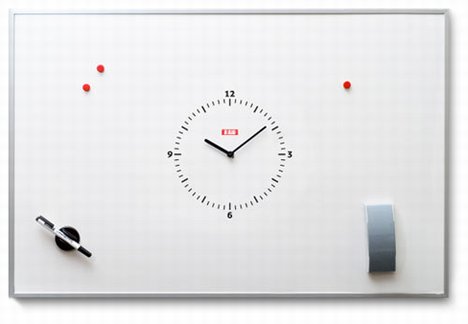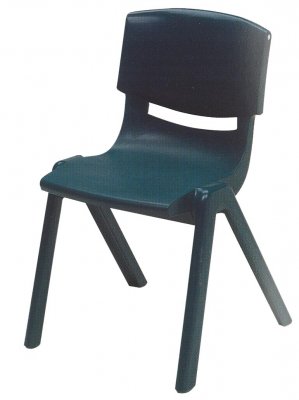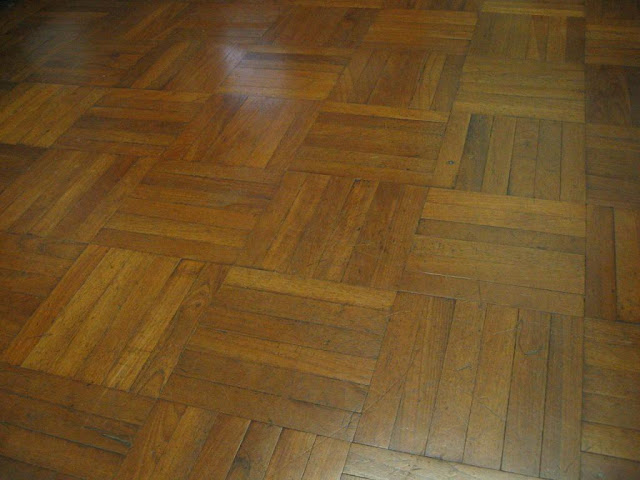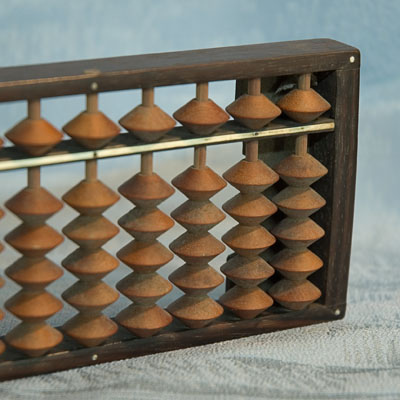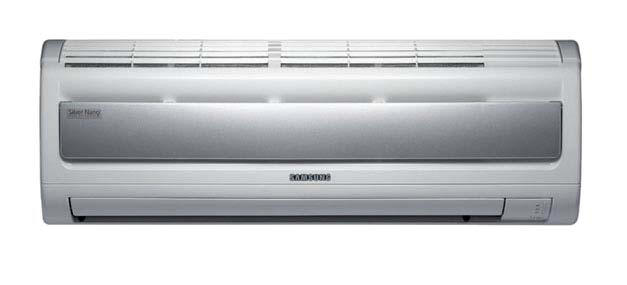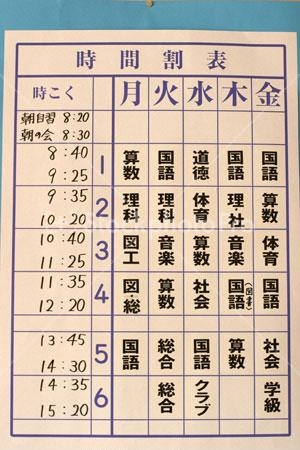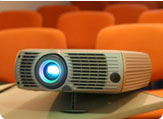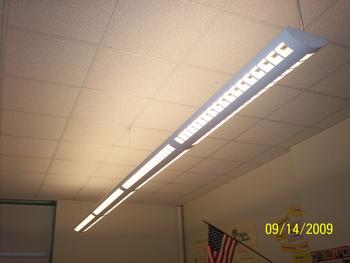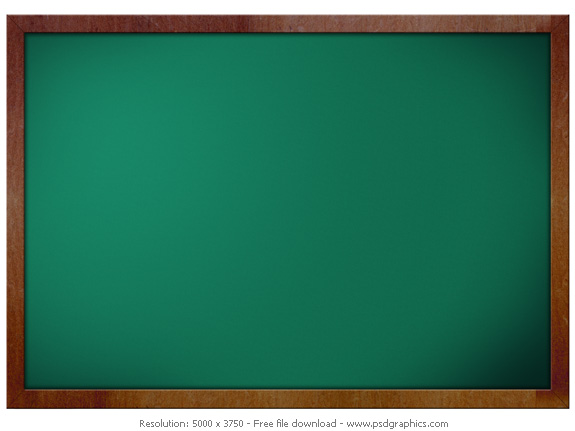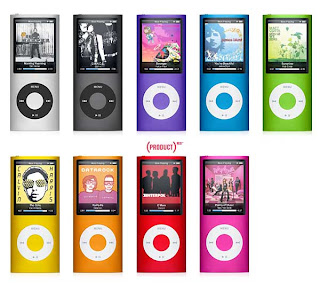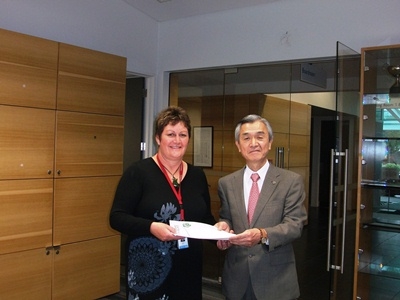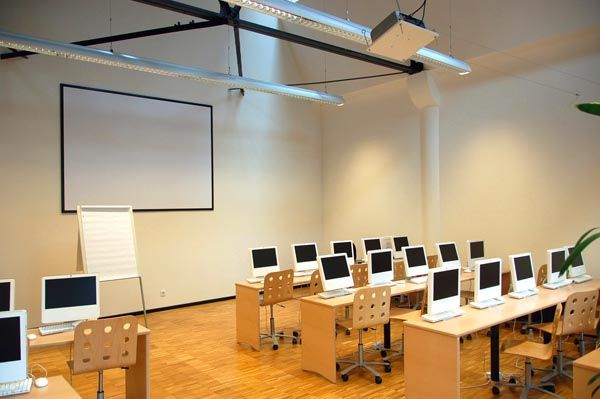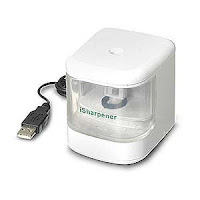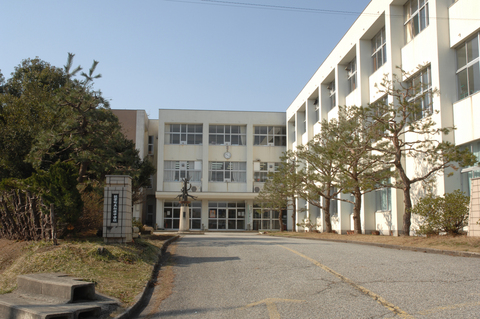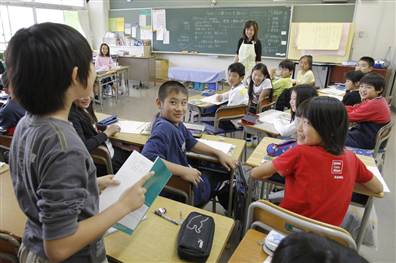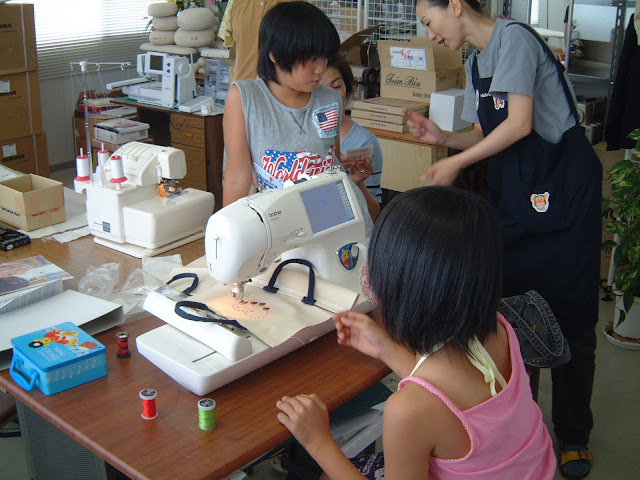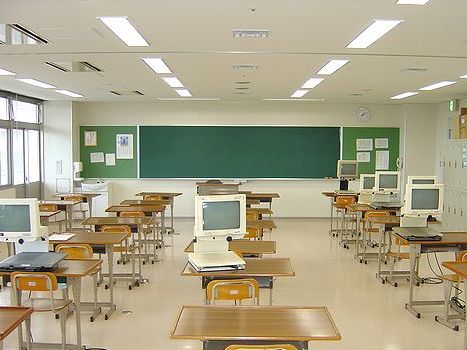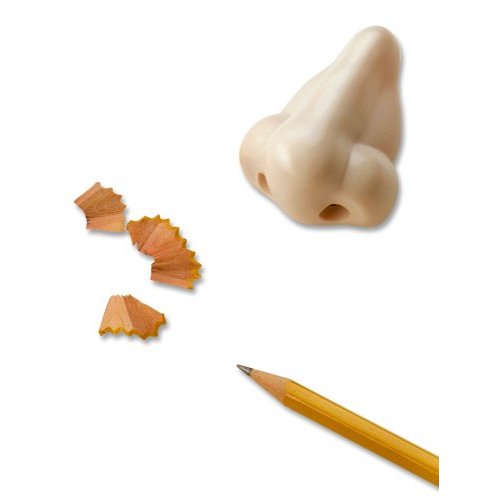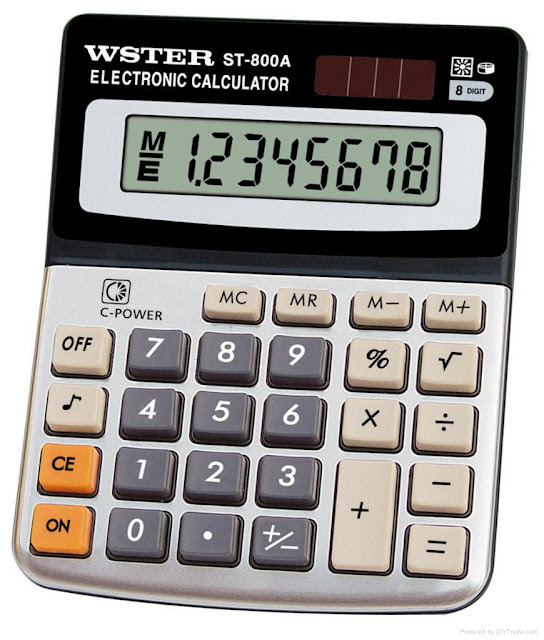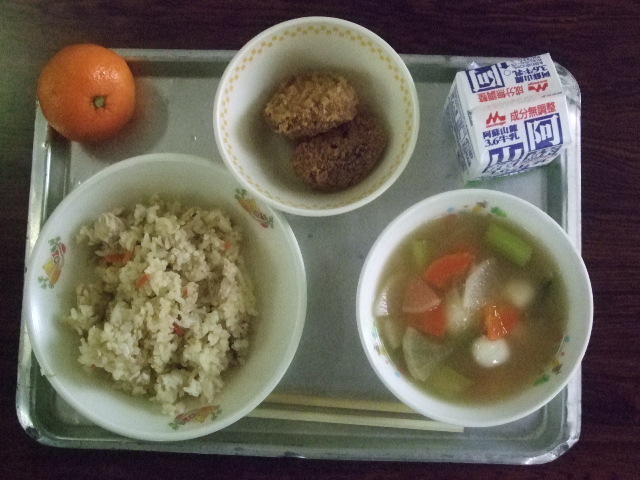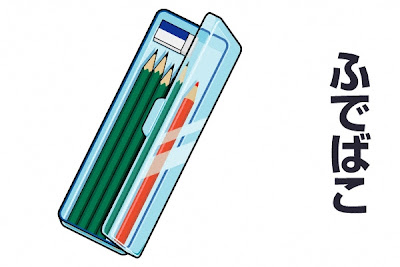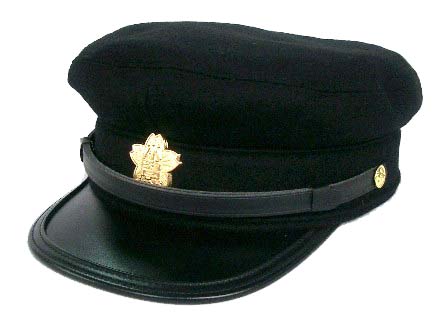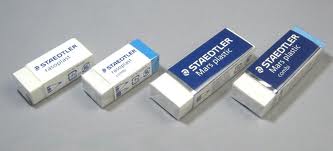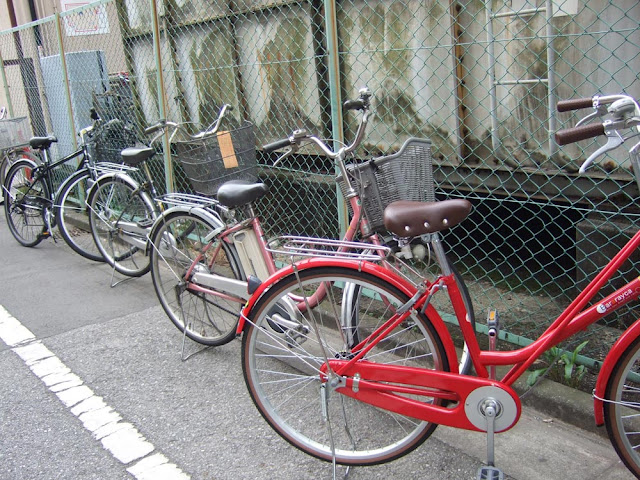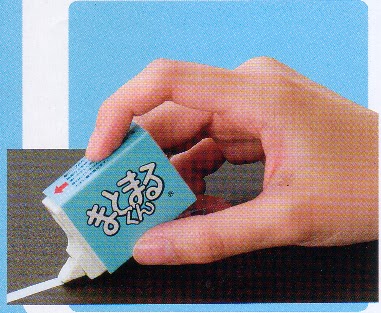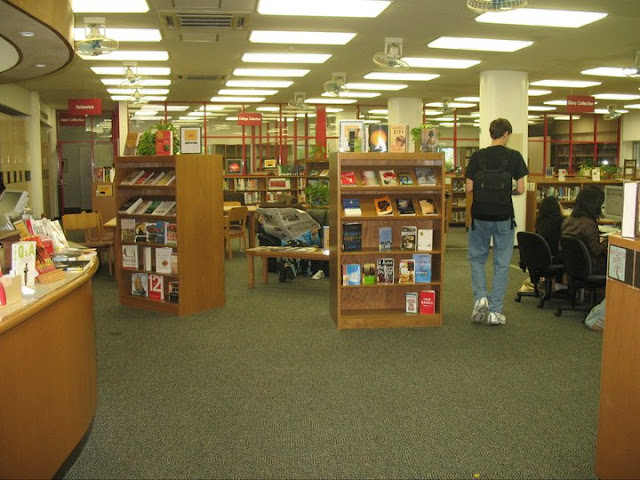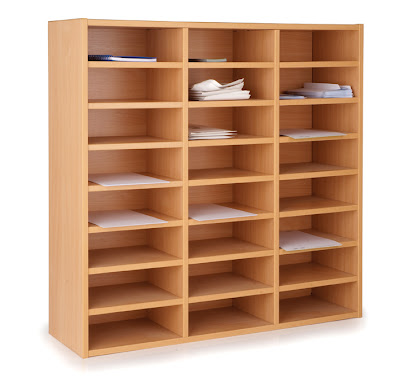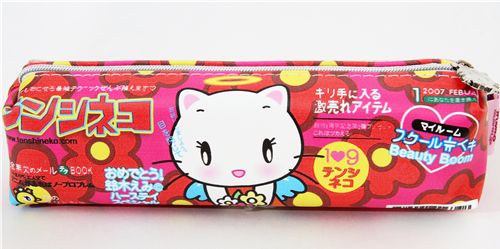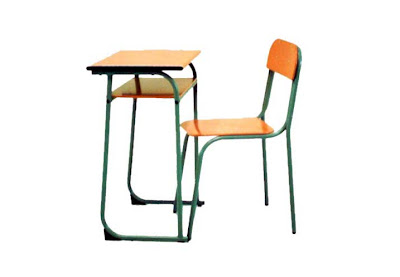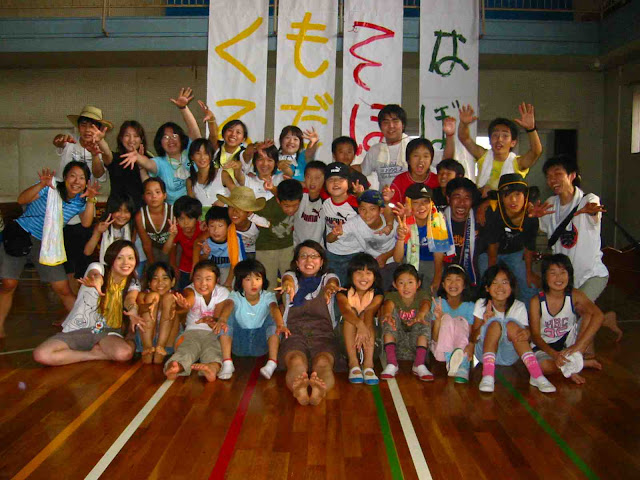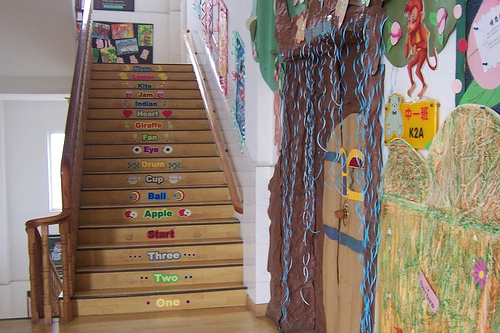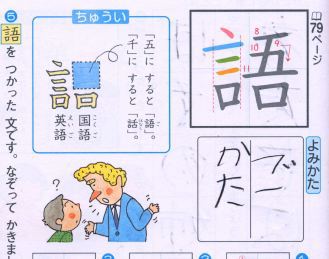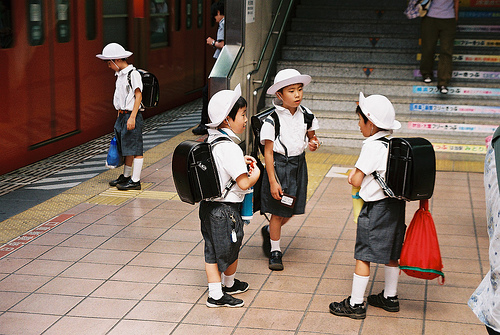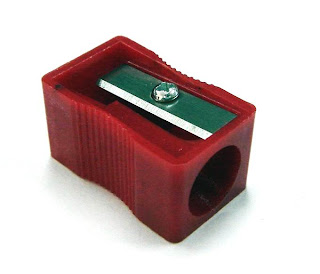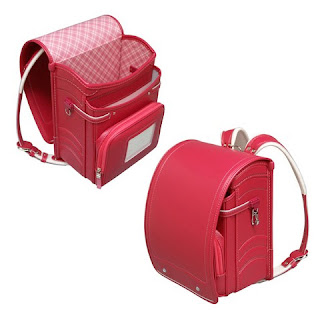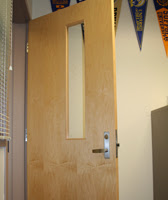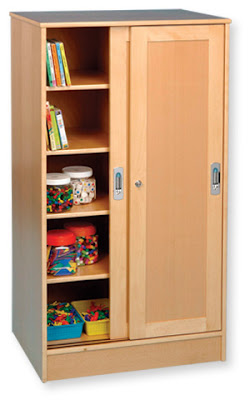Category Archives: Mirai 1-065
Girls’ school uniform
School lunches 給食 きゅうしょく kyūshoku
給食 きゅうしょく kyūshoku
In Japan school lunches are provided and compulsory for students, so each child will have had a healthy lunch every day. This practice is instilled from the earliest Primary School years.
Every day the menu changes, so over a long period of time students get a balanced diet. It also curbs the annoying desire of children to express the “I don’t like this” and “I don’t like that” and “I don’t eat that”. Mind you, not as annoying as parents who decide for their children that they don’t like something! Unless there is a sound medical reason, they all eat it. Annoying too when you think about the fact that one billion people in the world experience hunger at some stage during the day… OK… Let’s move on:
These photos will give you an idea of what Japanese school lunches look like:
High in iron, protein, omega; rice, soup, milk, seaweed,
salmon, fruit, spinach, pickles. Notice: no sugar!
げつようび の きゅうしょく
getsuyōbi no kyūshoku
Monday’s school lunch
給食 きゅうしょく kyūshoku
Cheese, rice, kimchee (originally Korean), quail eggs, soup, milk. Notice: no sugar!
かようび の きゅうしょく
kayōbi no kyūshoku
Tuesday’s school lunch
給食 きゅうしょく kyūshoku
すいようび の きゅうしょく
suiyōbi no kyūshoku
Wednesday’s school lunch
給食 きゅうしょく kyūshoku
Have you noticed that every day the students have soup of some sort? That’s because research has shown that soup is easier to break down in the stomach and it does so more slowly. Students won’t feel so hungry so soon. Again: no added sugar! How great is that for children!
もくようび の きゅうしょく
mokuyōbi no kyūshoku
Thursday’s school lunch
給食 きゅうしょく kyūshoku
きんようび の きゅうしょく
kinyōbi no kyūshoku
Friday’s school lunch
給食 きゅうしょく kyūshoku
We’ll just start on another week’s lunch:
げつようび の きゅうしょく
getsuyōbi no kyūshoku
Monday’s school lunch
給食 きゅうしょく kyūshoku
かようび の きゅうしょく
kayōbi no kyūshoku
Tuesday’s school lunch
給食 きゅうしょく kyūshoku
すいようび の きゅうしょく
suiyōbi no kyūshoku
Wednesday’s school lunch
給食 きゅうしょく kyūshoku
Do we see some repetition here?
もくようび の きゅうしょく
mokuyōbi no kyūshoku
Thursday’s school lunch
給食 きゅうしょく kyūshoku
That’s a boiled egg on the left there – all prepacked.
きんようび の きゅうしょく
kinyōbi no kyūshoku
Friday’s school lunch
給食 きゅうしょく kyūshoku
給食 きゅうしょく kyūshoku
So there you have it: two weeks of school lunches in a Japanese primary school. All lunches have some rice prepared in a slightly different way. They all have a soup of some sort to help with the digestion. They all have an extra carton of milk. They all have some meat or fish to supplement. They all have some vegetables and pickles and it all fits on an easy tray to make distribution in class easy.
いただきます!
itadakimasu!
Enjoy your meal!
給食 きゅうしょく kyūshoku
The photos were provided by S. Lowry, Japan. We are most grateful for his efforts.
School Grounds 学校のグランド がっこうのぐらんど









School Shoes 上履き うわばき uwabaki and school entrance 玄関 げんかん genkan

school shoes 上履き うわばき uwabaki


school shoes 上履き うわばき uwabaki

school shoes 上履き うわばき uwabaki


school shoes 上履き うわばき uwabaki


school shoes 上履き うわばき uwabaki

school entrance 玄関 げんかん genkan

school entrance 玄関 げんかん genkan


school entrance 玄関 げんかん genkan


school entrance 玄関 げんかん genkan
school shoes 上履き うわばき uwabaki
204 Inside a Japanese classroom 教室の中 きょうしつのなか

Typical of a Japanese classroom is that the students face the blackboard (actually in Japan often the green-board) and that the teacher stands in front of the class. Also, notice in this photo: no uniform!

Most commonly students sit in single file.

This arrangement is acceptable only during lunch, but as soon as the gong goes, all desks are put in line again. Lots of smiley faces! Boys on the right, girls on the left. (That is more because of teenage ‘angst’, rather than a rule). The girls have their hands together, because they are waiting to say ‘いただきます。‘ itadakimasu, which means ‘for what we are about to receive…’ The boys on the right are totally distracted by the camera. The teacher seems to be waiting too.
Hey! Wait a minute… no uniform!

Uh, oh, a “wandering desk”.
Watch that good old chalk!
(The little bright green box in the front on the
left-hand side is a little dust vacuum cleaner!)
This is what it looks like:
Watch that good old chalk!
(The little bright green box in the front on the
left-hand side is a little dust vacuum cleaner!)
This is what it looks like:
It took Panasonic to think of it.

Green board, but no single file… Modern. Air-conditioning. Wow!

Thank goodness! Single file again!
You bring your bag to class. Periods are 50 minutes long.

International students “integrate” in a different way.
And back to single file again…

Materials are reasonably up to date, although everything is “set” by the Ministry of Education.
International teachers are brought into many schools. However, they tend to work more as talking tape-recorders. Many schools are trying to vary this approach, but the Ministry prefers to be cautious. Of course, it can be a problem, if you don’t speak enough Japanese to explain English…
Aaahh, back to green-board and single file.

The two biggest shocks in a Japanese classroom for international students are that there can be up to 45 students in one class, so personal contact is absolutely minimal, and that the students sit in the hiragana-order (like alphabetically). Only a medical reason will get you shifted to the front. No personal whingeing about wanting to sit next to your friend!

As a postscript:
There is one thing that needs to be said though: Japanese students have to work very hard. Yes, some students opt out, but the vast(est?) majority works very hard. Add to that an uncomfortable uniform, no air-conditioning in summer and lots of home work, travelling time, cram school for many; it sure is no fun.
And this is the interesting thing we observed: there were so many kids who were so happy! Yes, they were serious when they worked, but they also had fun and their personality shone through! Maybe the difference comes from the fact that they have to work and they accept that fate, whereas our students feel too often that the world owes them a living. Maybe that is too harsh. Have we been lowering the resilience threshold? Maybe. Japanese students have to work very hard and they do it very well. You be the judge.




































